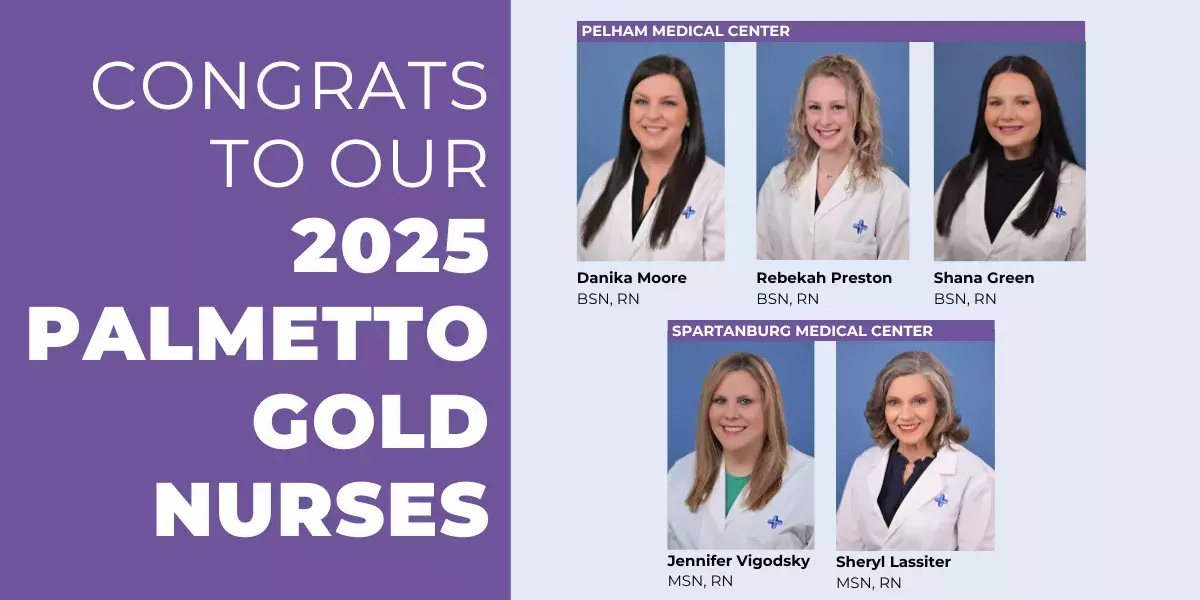
Hospital saves $10 million, wins national award
Spartanburg Regional Healthcare System saved $10 million over four years.
How'd they do it? Just like everyone does: comparison shopping, tough negotiating and penny pinching.
Spartanburg Regional's goal is to provide the highest quality care as cost efficiently as it can.
“We do everything we can on our end to reduce costs,” said Edgar J. Casner, Director of Supply Chain Management for the health system.
Reducing supply chain costs was one of several reasons why Global Healthcare Exchange, a national health care data automation company, named Spartanburg Regional one of the nation's “top of the industry.” Global Healthcare Exchange chose the “Best 50” out of 4,100-plus hospitals. They chose hospitals in 2017, based on scores that included maximizing documentation automation, exchange utilization, and trading partner connections.
Lowering hospital supply costs is more complicated than most people might imagine. When the hospital needs to work with a dozen different suppliers, it's challenging to balance the desire for volume discounts with the need to be flexible.
An important first step, which Spartanburg Regional took six years ago, was to partner with a new group purchasing organization (“GPO”) . This combines the power of multiple health care organizations to negotiate the best prices on supplies for every member.
“Then we started going after the low-hanging fruit,” Casner said.
Items that were easily identifiable as simple conversion mainly included the commodity sector (cotton balls, tongue depressors, gauze, etc.). Next steps involved more of clinical overview and required more collaboration and input from nurses and physicians, such as, catheters, wound care, bandages, and lab supplies.
“The second strategy was to review the clinical products that nurses and physicians utilize, and to engage them with alternative products offered through the GPO,” Casner said. “These new products were clinically proven but at a better price point.”
For example, Casner worked with the GPO to come up with a lower price on spine products. To respect spine surgeon's preferences, the group purchasing organization offered to buy the spine product from any vendor that would sell it at or below a certain price.
“In each of these spine vendor cases, there was a certain product that the physician preferred and wanted to use, and we understood that,” Casner said. “But we also understand paying a higher price, without improving quality was not worth it.”
They removed vendors that charged too much and were not flexible on cost.
“We tell all our vendors they can participate in our programs as long as they meet our price point. Most of them took advantage of the opportunity, but those who did not, no longer do business here,” Casner said.
Surgeons could keep their preferred vendor so long as they convinced the vendor to sell the spine product at or below a set price.
That strategy resulted in an 18 percent to 20 percent reduction in costs, saving about $800,000 annually, Casner said.
Spartanburg Regional also had a strategy for saving money on supplies.
“The second strategy was to review the clinical products that nurses and physicians prefer, and show them alternative products offered by our GPO,” Casner said. “These new products were clinically sound and a lot cheaper.”
We showed the nurses and doctors the price difference between product lines and asked them to try the new product for 30 days to see if it improved patient care and outcomes. They found that they liked the change.
“It was a win-win for the hospital: it improved patient care and also saved money,” he said.












